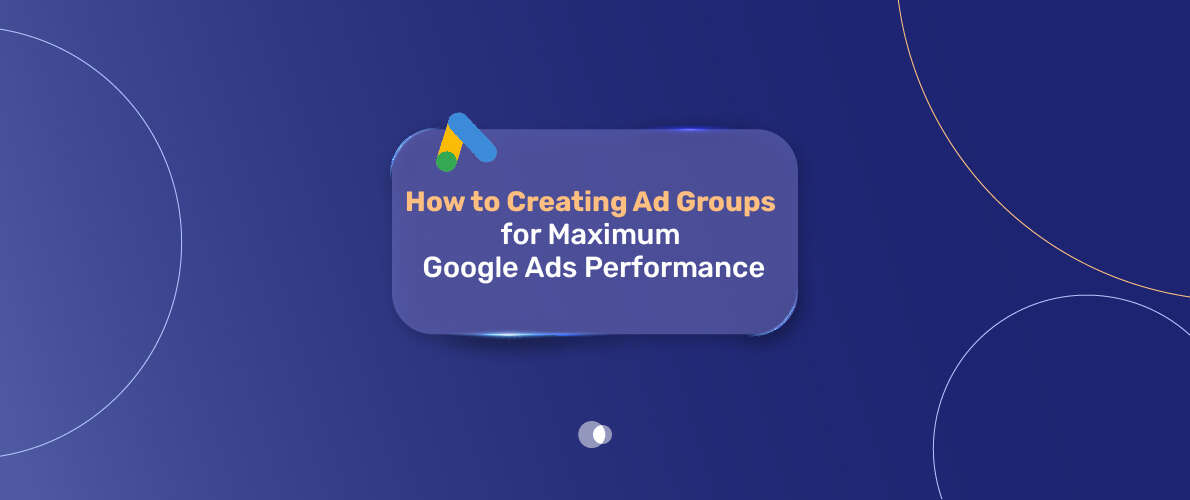How to Create Ad Groups is a fundamental skill in mastering Google Ads. Working with a google adwords certified company can streamline this process, ensuring your campaigns are organized, optimized, and aligned with your business goals. Ad groups help segment your ads and keywords logically, improving relevance and performance.
Table of Contents
Grouping your keywords and ads into relevant ad groups gives them coherence, which directly leads to a better Quality Score, which is essential for saving money, and expanding your campaign reach. In this guide, we’ll walk you through the best practices for creating ad groups, , tune them to perfection, and utilize advanced tactics to outrun your competition.
By the end of this guide, you’ll know the optimal ways to organize your campaigns so as to maximize efficiency and generate results from your marketing spend. And if you need to outsource professional assistance, Admoon provides specialized Google Ads management in order for you to secure top levels of rankings
Why Ad Groups Matter in Google Ads
Before diving into creating ad groups, it’s essential to understand their role in campaign success.
1. Improved Relevance & Quality Score
Google favors advertisers in situations where the keywords, ads, and landing pages are thematically relevant. Organizing keywords into the same ad group guarantees that your ads are relevant to the searcher intent, thus improving your Quality Score. Bettering your Quality Score is linked with reduced CPCs and increased probability of acquiring ideal ad positions.
2. Better Budget Control
Grouping your campaigns under defined ad groups helps you optimize your expense better. Stop spreading out your budget over a vast array of search terms and instead concentrate it on more definitive and effective key words that are able to lead to conversions.
3. Easier Optimization & Testing
Detailed ad groups promote easier A/B testing. Try different ad creatives, landing page variations, and bidding strategies for each group to refine your campaign results. To achieve even better outcomes, consider leveraging google ads optimization services dubai to localize and enhance campaign performance.
Step-by-Step Guide to Creating Ad Groups
Step 1: Access Your Google Ads Dashboard
Log in to your Google Ads account and navigate to the Campaigns tab. If you haven’t joined already, you can establish a Google Ads account at ads.google.com. Alternatively, many businesses buy google ads account to fast-track campaign setup and avoid new account limitations.
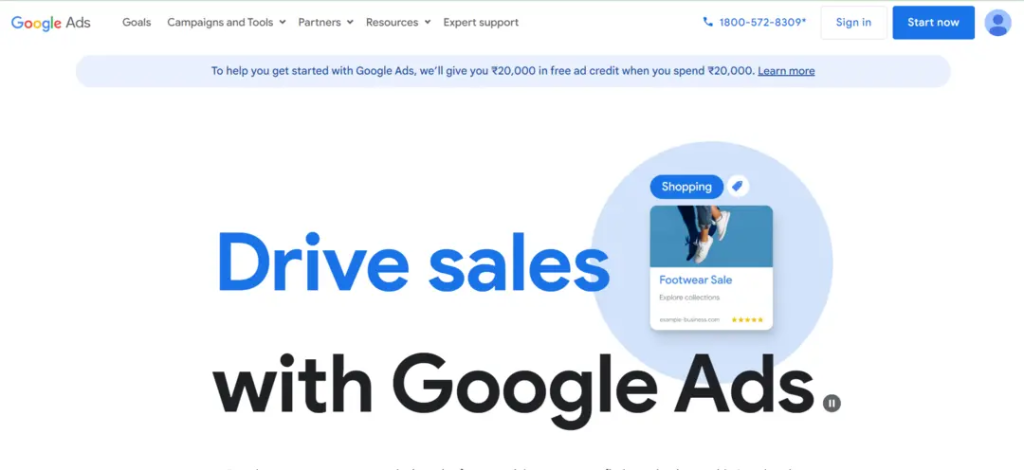
Step 2: Select or Create a Campaign
Choose an existing campaign in the list or start a new campaign from scratch. Remember, campaigns should align with specific business goals (e.g., brand awareness, lead generation, or sales).
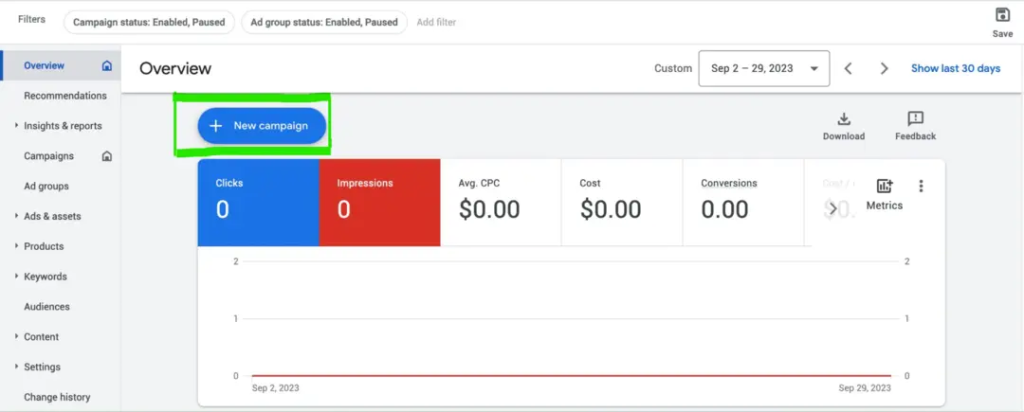
Step 3: Click “Ad Groups” and Create a New One
Navigate to the Ad Groups tab on your campaign and press “+ Ad Group” to start creating ad groups.
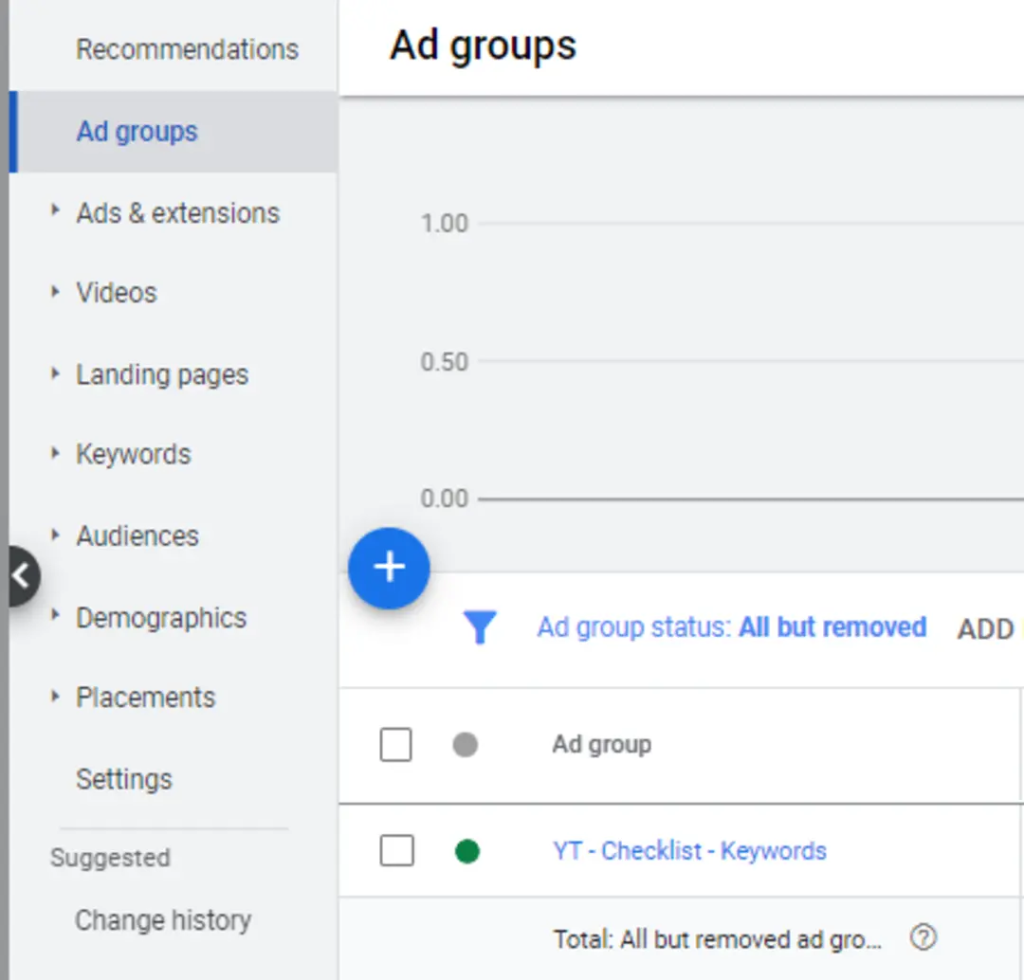
Step 4: Name Your Ad Group Strategically
Give a short and descriptive title to your ad group (for example: “Running Shoes – Women”), not just “Ad Group 1”. This helps with organization and reporting.
Step 5: Set Bids & Budget
Choose between manual CPC (full control) or automated bidding (Google optimizes for conversions).
Set a daily or campaign-level budget based on performance goals.
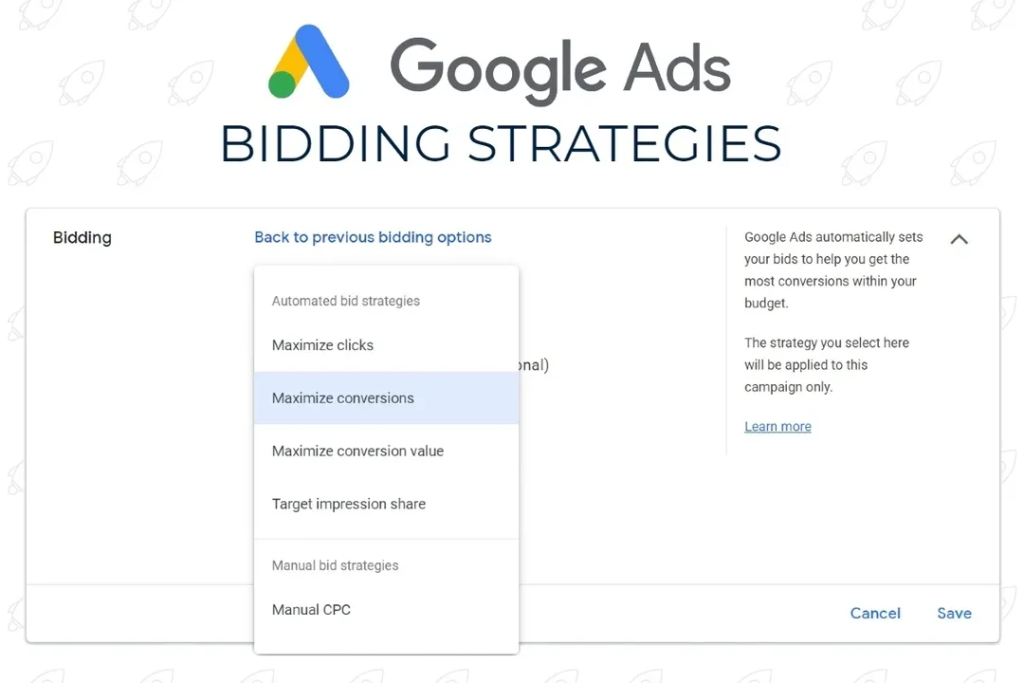
Step 6: Add Highly Relevant Keywords
Use keyword match types (broad, phrase, exact) to refine targeting.
Avoid keyword stuffing—stick to 10-20 tightly related terms per ad group.
Step 7: Craft Compelling Ad Copy
- Include the primary keyword in headlines.
- Effective USPs need to be complemented by results-oriented CTA to navigate the users.
- Use ad extensions (sitelinks, callouts) to enhance visibility.
Step 8: Optimize Landing Pages
Ensure your landing page matches the ad’s message. A cohesive user journey improves conversion rates and Quality Score.
Step 9: Monitor & Refine Performance
Track CTR, conversions, and CPC. Pause underperforming keywords and scale winners.
Advanced Strategies for Creating Ad Groups
To maximize your Google Ads performance, implementing advanced creating ad groups strategies is essential. Using these strategies improves accuracy, relevance, and the provision of good conversions at a low ad cost.
1. Single Keyword Ad Groups (SKAGs) – Laser-Focused Targeting
By categorizing ad campaigns by one primary keyword, SKAGs ensures the best coupling of searchers’ queries to your ad messaging. This approach:
- Enhances Quality Score by improving keyword-to-ad relevance.
- Reduces wasted spend by eliminating mismatched traffic.
- Simplifies A/B testing since each keyword has dedicated ads.
Best for: High-value keywords where conversion intent is strong.
2. Single Theme Ad Groups (STAGs) – The Balanced Approach
STAGs group semantically related keywords (e.g., “best running shoes,” “top-rated running shoes,” “durable running shoes”) under one ad group. Benefits include:
- Easier management than SKAGs while maintaining thematic focus.
- Broader reach without sacrificing relevance.
- Flexibility to test multiple ad variations for similar intent.
3. Negative Keyword Filtering – Eliminate Irrelevant Traffic
Regularly update your negative keyword lists to exclude non-converting searches (e.g., “free,” “cheap,” “used”). This prevents:
- Unqualified clicks that drain budget.
- Poor CTRs from mismatched impressions.
4. Audience Segmentation – Hyper-Target Your Campaigns
Layer demographics, interests, or remarketing lists onto ad groups to:
- Retarget audiences with tailored messaging.
- Exclude existing customers to focus on new leads.
- Adjust bids for high-value segments.
Such approaches will allow you to create an optimized Google Ads platform that produces optimal results at all times. Understanding How to Create Ad Groups is a core part of this process, as it helps structure your campaigns for better targeting, relevance, and performance.
Common Mistakes to Avoid
Creating of ad groups is often accompanied by errors that can seriously mess up advertising campaigns. Consequently, advertisers lose precious budget, lower CTRs and receive less conversions. In order to get the most out of your Google Ads campaigns, avoid these four important missteps—and learn how to improve your Google Ads structure.
1. Too Many Keywords Per Ad Group – Dilutes Relevance & Hurts Performance
One of the biggest mistakes in creating ad groups is stuffing them with too many keywords. Although the combination of several keywords might look time-saving, it actually degrades the relevance of ads as well as damages your Quality Score.
When ads, keywords, and landing pages all aim towards particular user intent, Google understands this and gives you an improved performance. If your ad group contains unrelated keywords (e.g., “running shoes,” “best sneakers,” and “athletic apparel”), your ads won’t match search queries precisely. This leads to:
- Lower CTRs – Users see generic ads that don’t address their needs.
- Higher CPCs – Google penalizes low-relevance ads with higher costs.
- Poor conversion rates – Mismatched traffic results in fewer sales.
Solution: Limit each ad group to 5-20 closely related keywords and use Single Keyword Ad Groups (SKAGs) for high-priority terms.
2. Generic Ad Copy – Fails to Resonate with Specific Search Intent
Another critical mistake is using vague or generic ad copy. When creating ad groups, ensure that your ads in your ad groups respond accurately to what the users seek when and if they search. The same ad – “Buy Running Shoes Online”– won’t convert well compared to an ad targeted to “Lightweight Running Shoes for Marathon Training”.
Weak ad copy leads to:
- Low engagement – Users skip over irrelevant ads.
- Wasted impressions – Your ads show for searches that don’t convert.
- Missed opportunities – Competitors with better-targeted ads win clicks.
Solution:
- Include the primary keyword in headlines.
- Highlight unique selling points (e.g., “Free Shipping,” “30-Day Returns”).
- Use emotional triggers (“Run Faster with Our Ultra-Light Shoes”).
3. Ignoring Negative Keywords – Leads to Irrelevant Clicks & Wasted Budget
A well-optimized Google Ads structure requires negative keywords to filter out unwanted traffic. By ignoring this, you can attract irrelevant traffic meaning you have clicks from people with no intention of buying.
For instance, say you are marketing premium running shoes but still host “cheap,” “discount” keywords in your campaigns; those viewers who are looking for cheaper products will click your ads and abandon the purchase. This wastes budget and lowers ROI.
Solution:
- Regularly review Search Term Reports to find irrelevant queries.
- Add broad-match negatives (e.g., “free,” “used,” “DIY”).
- Use phrase-match negatives (“cheap running shoes”) for tighter control.
4. Poor Landing Page Alignment – Causes High Bounce Rates & Low Conversions
The fact that the landing page and ad promise don’t match can ruin the results of the ad group optimization. If a visitor clicks on the ad for “Best Trail Running Shoes” and is redirected to a general shoe-based website, they will probably head off immediately, thereby increasing the bounce rates and reducing the conversion rates.
Signs of misalignment:
- High bounce rates (>70%).
- Low time-on-page (<30 seconds).
- Abandoned carts or form fills.
Solution:
- Ensure landing pages mirror ad messaging.
- Make sure your headline and product description both include the same keywords.
- Tailor for fast mobile page load times and ensure that your CTAs are clear in prompting visitors to take action (“Shop Now” or “Get Your Free Trial”).
Avoiding these mistakes is crucial for creating ad groups that drive real results. By carefully structuring campaigns, optimizing keywords, and ensuring ads are compatible with landing pages you will increase Quality Scores, bring down costs, and have more conversions.
Final Thoughts
Mastering the art of creating ad groups is a game-changer for Google Ads success. You are able to increase your ROI and hold a dominant position in your market with a custom campaign structure, a focused implementation of the latest methods such as SKAGs and STAGs and persistent performance tuning.
If you are itching to lift your game in Google Ads but have nowhere in the world to turn to for the expertise required, then Admoon provides just the support you need. Our ability to design campaigns that provide top rankings and optimize conversions distinguishes us from others.
Get started today and let’s turn your ad spend into real results! Learning How to Create Ad Groups is the first step to building campaigns that are structured, targeted, and ready to convert.


